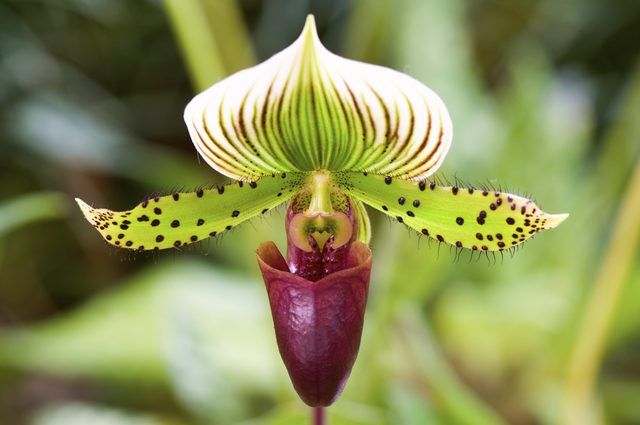Bulbs
Flower Basics
Flower Beds & Specialty Gardens
Flower Garden
Garden Furniture
Garden Gnomes
Garden Seeds
Garden Sheds
Garden Statues
Garden Tools & Supplies
Gardening Basics
Green & Organic
Groundcovers & Vines
Growing Annuals
Growing Basil
Growing Beans
Growing Berries
Growing Blueberries
Growing Cactus
Growing Corn
Growing Cotton
Growing Edibles
Growing Flowers
Growing Garlic
Growing Grapes
Growing Grass
Growing Herbs
Growing Jasmine
Growing Mint
Growing Mushrooms
Orchids
Growing Peanuts
Growing Perennials
Growing Plants
Growing Rosemary
Growing Roses
Growing Strawberries
Growing Sunflowers
Growing Thyme
Growing Tomatoes
Growing Tulips
Growing Vegetables
Herb Basics
Herb Garden
Indoor Growing
Landscaping Basics
Landscaping Patios
Landscaping Plants
Landscaping Shrubs
Landscaping Trees
Landscaping Walks & Pathways
Lawn Basics
Lawn Maintenance
Lawn Mowers
Lawn Ornaments
Lawn Planting
Lawn Tools
Outdoor Growing
Overall Landscape Planning
Pests, Weeds & Problems
Plant Basics
Rock Garden
Rose Garden
Shrubs
Soil
Specialty Gardens
Trees
Vegetable Garden
Yard Maintenance
How to Grow a Lady's Slipper
How to Grow a Lady's Slipper. The lady's slipper (*Cypripedium* spp.) genus contains about 50 species of temperate and tropical orchids notable for their fused, pouch-like petals, which resemble a woman's shoe. Where hardy, these terrestrial orchids may be grown outdoors in the home garden. These long lived, unusual ornamentals require moderate...

The lady's slipper (Cypripedium spp.) genus contains about 50 species of temperate and tropical orchids notable for their fused, pouch-like petals, which resemble a woman's shoe. Where hardy, these terrestrial orchids may be grown outdoors in the home garden. These long lived, unusual ornamentals require moderate maintenance and care.
Plant Where Hardy
Hardiness varies depending on species. Small white lady's slipper (Cypripdieum candidum) is hardy in U.S. Department of Agriculture plant hardiness zones 3 to 6, while California lady's slipper (Cypripedium californicum) is best in USDA zones 7 to 9, though it may survive winters in USDA zones 5 and 6 with winter mulching. A native of Alaska, the spotted lady's slipper (Cypripedium guttatum) is hardy in USDA zones 2 to 4.
Lady's slippers generally do best with about 2 hours of direct morning sunlight and dappled shade for the rest of the day. An east- or north-facing location with protection from a fence or building is ideal.
Plant in Well-Draining Media
Lady's slippers require a well-draining, loose media to grow. Dig a planting hole about 10 inches deep and replace garden soil with a mixture that is 2 parts pea gravel, 2 parts sand and 1 part potting soil. You can also use equal parts hardwood bark mulch and sand. If planting in a pot, you may use perlite instead of sand. When planting multiple lady's slippers, provide 12 to 14 inches of space between plants.
Dissolve 1 teaspoon of a 20-20-20 fertilizer per 1 gallon of water and fertilize once in late spring and again in early summer, waiting at least three weeks between applications. Do not apply after mid-July. If media is dry, water before feeding.
Water Regularly
Water frequently during spring, summer and fall to keep the soil media moist, but not water-logged. Lady's slipper orchids will not survive in sites prone to flooding. For container-grown plants, irrigate until water drains out the bottom.
Throughout the year, maintain a 1-inch layer of shredded leaves to help retain moisture in the soil and suppress competitive weeds. For orchids planted in the fall, or for orchids that are borderline hardy, provide a 4-inch layer of mulch in late fall for winter protection; reduce mulch to 1 inch in late spring.
Check for Slugs and Snails
Slugs and snails commonly attack lady's slipper orchids, eating foliage and leaving behind telltale trails of slime. Remove slugs and snails by hand in the evening, when they are most active, and crush them or drown them in a saltwater solution. You can also kill them with slug bait containing iron phosphate. While wearing gloves, scatter bait in a 6-inch band around the plant, using 1 level teaspoon per square yard. Store unused bait in a secure location away from children and pets. Avoid baits containing metaldehyde, which is highly toxic to mammals, including humans.